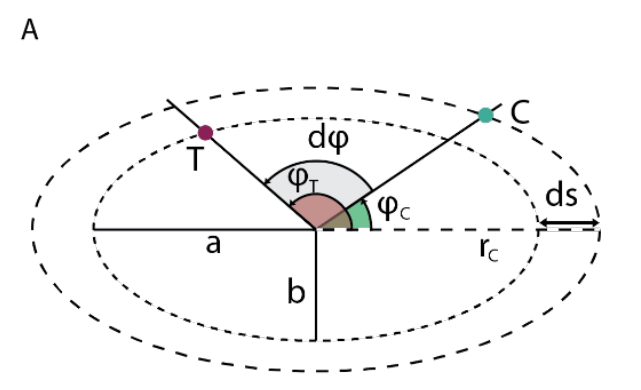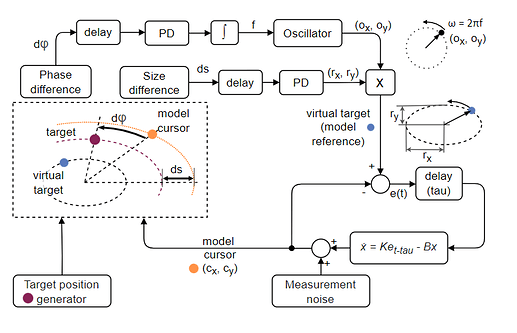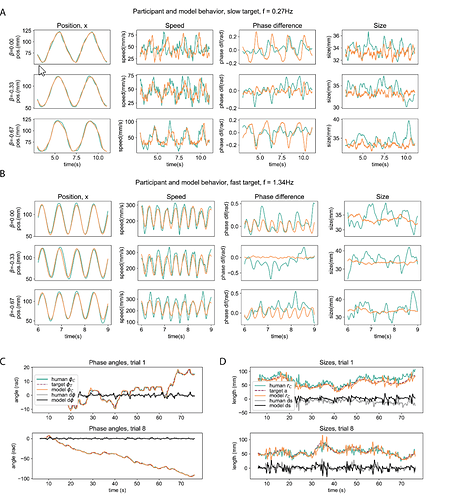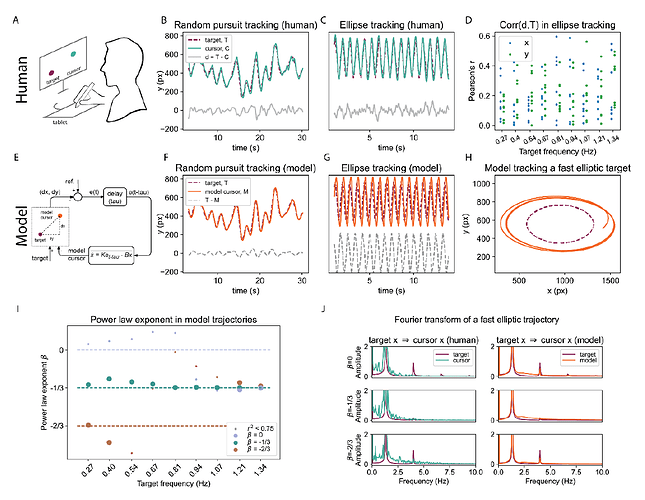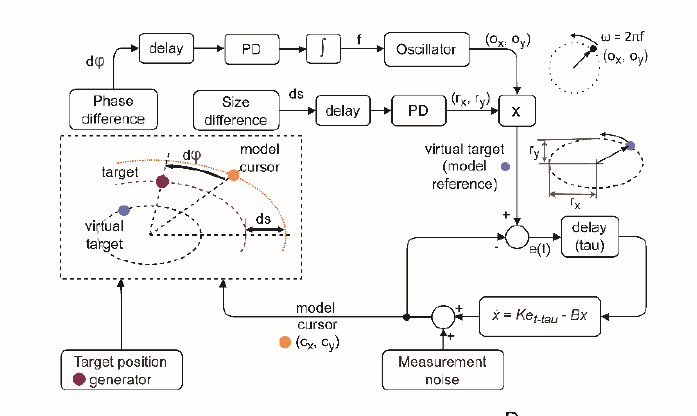No, and I don’t believe anyone has claimed that it is.
I think it’s very unlikely that the power relationship between speed and curvature of curved movement could be a controlled variable. I think it’s really impossible to perceive the nature of the relationship between speed and curvature, let alone perceive the coefficient of the power relationship. And you have to be able to perceive a variable in order to be able to control it.
I looked for some evidence of that in the reply to my paper with Dennis Shaffer paper on the power law as a behavioral illusion and in the replies to it from Zago et al and Taylor. Of course, it was described as a side effect in our paper but not in the Zago et al reply. Taylor, however, agreed that the power law is a side effect of control but he didn’t think our paper made much of a contribution to understanding that fact. Why am I not going to have a heart attack and die from the surprise?
Once you know that the power law is a side effect of control then you know that it is a result of something other than the control mechanism that produces the movement of which the law is a side effect. A nice illustration of what this means is Bill’s demonstration of having a person write the word “hello” as a side effect of controlling a cursor in two dimensions.
The person writes “hello” as a side effect of compensating for the 2D disturbance to the cursor. Bill designed the disturbance so that, in order to keep the cursor on target, the person controlling the cursor would have to move the mouse in a way that writes out “hello”. The person doing the controlling doesn’t even know that the movements opposing the disturbance are writing “hello”.
The word “hello” is a completely irrelevant side effect of acting to control the cursor; but because “hello” is a familiar word, it is a side effect that captures an observer’s attention. But, in fact, it has nothing to do with what the person is actually “doing”. An observer who didn’t know what was going on and based their research program on trying to understand why people in this situation always wrote “hello” they would be wasting a lot of time and research funding.
I think the power law relationship between curvature and speed of movement is exactly equivalent to the word “hello”; it’s an irrelevant but compelling side effect of controlling the position of one’s arm (or a pen or whatever). It’s particularly compelling because V = kC^-1/3 describes movement that involves slowing down for curves, which is what we do when driving through curves.
In our paper we showed that this particular side effect – the power law – is a result of using linear rather than multiple regression to find the coefficient of the power relationship between curvature and velocity. This is the OVB – omitted variable bias.
OVB analysis shows that simple linear regression of log (C) on log(V) will result in a power coefficient that deviates from -1/3 by an amount proportional to the degree to which log(C) and log (D) (affine velocity, the omitted variable) covary. So the degree to which one finds the 1/3 power law depends on the mathematical properties of the movement produced, not on how it was produced. This is analogous to the fact that seeing “hello” as a side effect controlling the cursor in Bill’s demo depends on the mathematical properties of the disturbance to cursor position, not on how the movements that compensated for this disturbance were produced.
That’s why I called the power law a statistical artifact (the statistical part being the regression analysis). What we still don’t know, however, is why the coefficient of that power “law” is generally close to 1/3 (or -1/3, depending on what you use as the predictor). That is, we don’t know why the correlation between log(C) and log (D) is generally small – and thus the bias added to the actual 1/3 mathematical relationship between C and V is generally small – for the movements that have been tested. I’m going to do some work on this when I get a chance.
I got pretty good results using Cartesian position as the controlled variable in the models we tested.
The problem with calling our conclusions “bullshit” is that it doesn’t help us understand what these critics think is wrong with our analysis.
I hope my comments above have made it clear that this is not the case. The power law is unquestionably an irrelevant side effect of control. Showing that the power law is a statistical artifact of the way researchers have gone about estimating the coefficient of the power law – using linear rather than multiple regression – was aimed at trying to show why researchers have observed this particular side effect – the ~1/3 power relationship – so consistently.
RSM
